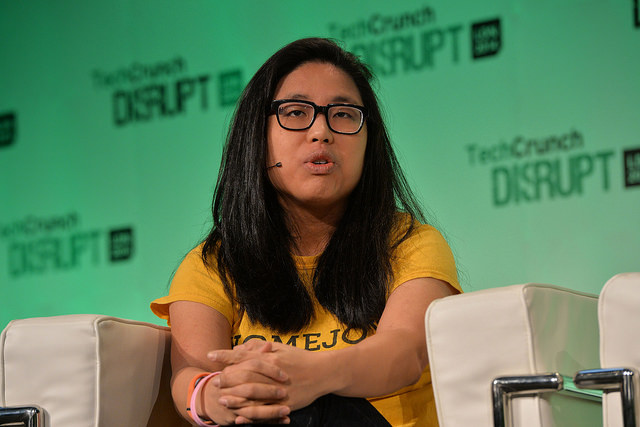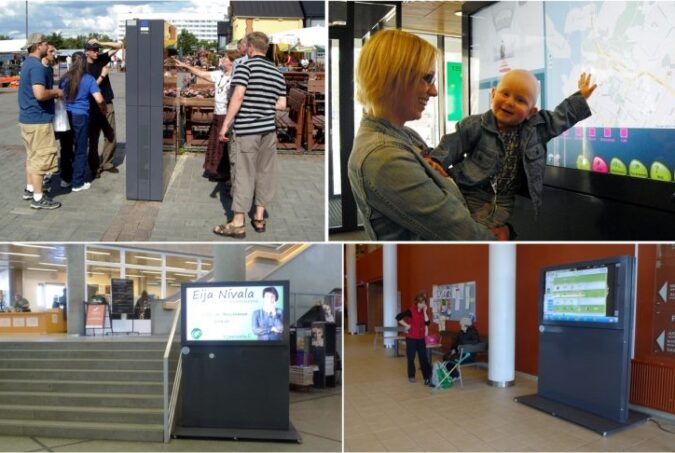The rapid surge of online political advertising in recent years has introduced a new dimension to election campaigns. Concerns have arisen regarding the potential consequences of this practice on democracy, including data privacy, voter manipulation, misinformation, and accountability issues. But what exactly is an online political advert? This kind of question is hard to answer, and indeed, reports show that 37 per cent of respondents in the 2021 Eurobarometer Survey couldn’t easily determine whether online content was a political advertisement or not. As of now, only a few platform companies, including Facebook and Google, have defined in their own terms what constitutes this form of content. To address the conceptual challenges faced by policymakers, in our latest paper, we conducted interviews with 19 experts from regulatory bodies, professional advertising associations, and civil society organisations engaged in discussions surrounding online political advertising in both the United Kingdom and the European Union. We delved into the policymakers’ perspectives, seeking to distil their understanding of what constitutes an “advert”, “online” platforms, and “political” content. Instead of crafting new definitions, we pinpointed these alternative factors and illustrated them through a sequence of decision trees. Specifically, our work led us to pose three questions that regulators need to confront: What does it mean for content to be considered an “advert”? When we inquired about the criteria for identifying an advert, a consistent key point that emerged was payment. The central idea revolves around whether payment is involved in content distribution or creation, and it also depends on the timing of the payment. Some interviewees also acknowledged the increasingly blurred boundaries between paid and unpaid content. There are organic ways of spreading material that don’t involve payment, such as an unpaid tweet. These differences matter as they suggest alternative criteria for determining what should or should not count as an advert. What does it mean for an advert to be “online”? This turned out to be the most challenging question…
With political advertising increasingly taking place online, the question of regulation is becoming inescapable. In their latest paper, published in Policy&Internet, Junyan Zhu explores the definition of online political advertising and identities key questions regulators must confront when devising effective frameworks.










